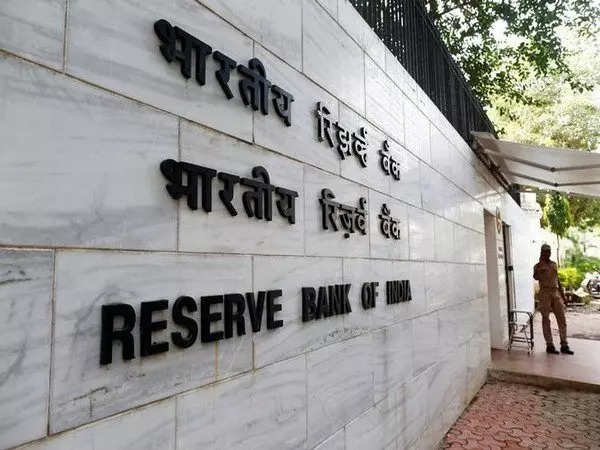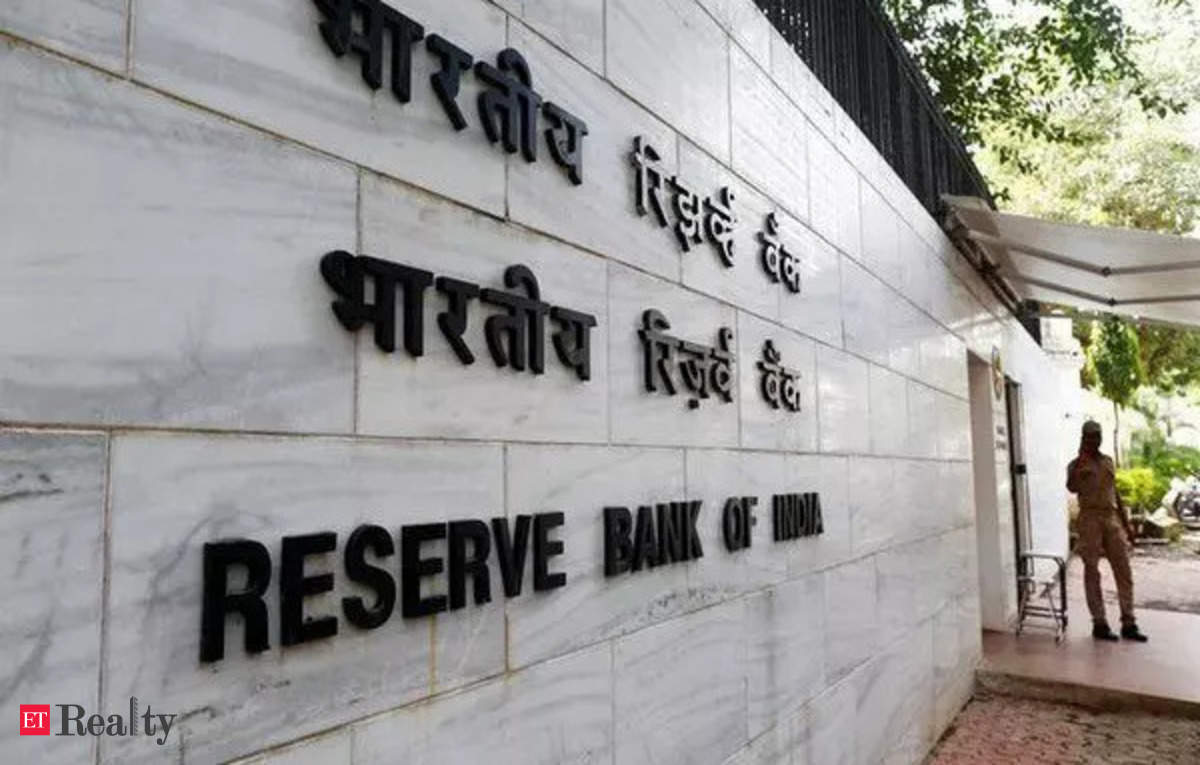
NEW DELHI: Investment vehicles for realty and infrastructure sectors — REITs and InvITs — have garnered Rs 1.3 lakh crore in the past four years till March-end, and are expected to facilitate more pooled funds, Reserve Bank said in a report. Experts and stakeholders are of the view that with India growing at a fast pace, REITs and InvITs are emerging as alternative investment instruments, especially for high net-worth individuals.
“India has been a late adopter of real estate investment trusts (REITs) and infrastructure investment trusts (InvITs). However, the market is flourishing – REITs and InvITs have mobilised Rs 1.3 lakh crore since 2019-20 (up to March 2024),” said an article on ‘State of Economy’ published in the RBI‘s April Bulletin.
March witnessed the listing of an InvIT, which raised Rs 2,500 crore through a public issue, attracting substantial interest from foreign investors.
The article noted that market regulator SEBI has progressively reduced the minimum investment size and trading lot, enabling greater retail participation in these hybrid instruments.
To further develop this space, the market regulator notified regulations for small and medium REITs on March 8, 2024.
“This is expected to facilitate pooled investment in a wider range of real estate assets as a regulated financial product, thereby facilitating further growth of REITs in India,” said the article authored by a team led by RBI deputy governor Michael Debabrata Patra.
Rajeshwar Burla, Senior Vice President and Group Head – Corporate Ratings, ICRA, said the RBI allowed banks to lend to InvITs, which along with security enforcement for lenders under the SARFAESI Act, are some promising steps taken in recent times.
“Thanks to a conducive regulatory framework, and a strong pipeline of good operational assets, the industry was able to mobilise over Rs 1.3 lakh crore since FY2020. InvITs and REITs helped unwind capital blocked in already operational infrastructure assets – which can be re-invested into under-construction projects and support infrastructure development in India,” said Burla.
Indian REITs Association said SEBI’s progressive regulations, particularly the reduction in lot size to bringing it on par with other listed companies to buy even single units has transformed REITs into an attractive asset class for retail investors.
“This has not only enhanced accessibility but also ensured liquidity, allowing reach to a broader investor base… We are also actively collaborating with SEBI on multiple fronts, including global benchmarking of best REIT practices, standardising financial reporting and disclosures, and addressing other regulatory requirements, amongst others,” the Association said in a statement.
A REIT is made up of a portfolio of commercial real estate assets, the majority of which are already leased out, and InvITs consist of a portfolio of infrastructure assets like highways.
Co-Founder and CEO of YOURS, a platform for fractional ownership of luxury second homes, Sudeep Chandran said it is true that India was a bit late in allowing REITs, yet in the last couple of years it has gathered momentum particularly from HNIs.
“The continuous rise in monthly inflows reflects this momentum. The recent SEBI guidelines on SM REITs provides another option to savvy investors. We anticipate significant investor interest in SM REITs, driving substantial growth in combined REIT and SM REIT investments over the next 3-5 years,” Chandran said.
Commenting on these investment instruments, Ritesh Kumar Shyam, Partner, M&A Tax & Regulatory Services, BDO India, said REITs and InvITs have picked up quite some traction in the domestic investment market given that these assets offer fixed income with a secured asset base and the returns are generally better than other secured asset investments.
“The recent small-medium ReITS regulation by SEBI is another boost to this sector…What is needed for the SM ReITS to be successful is a tax neutral regime that allows fractional-ownership platforms to switch to SM ReIT structure including some stamp duty exemptions,” Kumar added.
Overall, InvITs and REITs have seen tremendous growth. While the rules were put in place in 2014, the first investment trust was registered with Sebi in 2016-17. At present, there are 24 registered InvITs and 5 REITs.
Amit Chopra- president NAR India, was of the opinion that India’s REIT and InvIT market is expected to witness further growth in the years to come.
“The government’s initiatives to promote infrastructure development and ease the doing business environment are expected to continue to drive the investment landscape. As market participants get to know these investment vehicles better and regulatory frameworks change, we can expect to see an increase in REIT activity and participation,” Chopra said, and added the continued growth of these instruments is expected to significantly contribute to the development and growth of the infrastructure and real estate sectors in India.
CEO and Founder of FOIP (Fractional Ownership Investment Platform) Aankush Ahuja said MSME REITs will offer attractive risk-adjusted returns and stable cash flow. Including real estate in a portfolio provides diversification and dividend-based income.
“REITs and InvITs are promising formats which provide investors with an avenue to participate in the real estate and infrastructure space without assuming the elevated levels of risk and without the need for substantial capital typically associated with direct investments in these projects,” Ahuja said.
The markets regulator has been consistently working on amendments to REITs and InvITs to upscale the governance standards while increasing transparency through provisions like Unitholder Nominated Directors, the cap on leverage, minimum rating requirements, higher disclosure measures than companies, various options to raise equity, such as rights, institutional placement, in addition to IPO.
Additionally, the Securities and Exchange Board of India (Sebi) has improved the ease of investment by reducing lot size to one or updating the pricing requirements for institutional placements by listed trusts.











